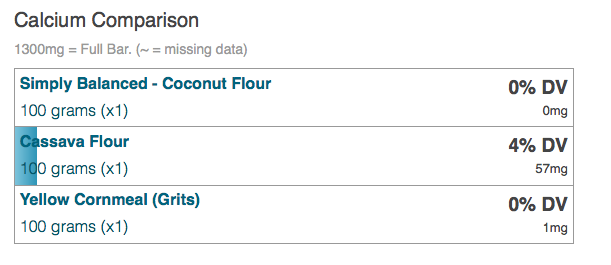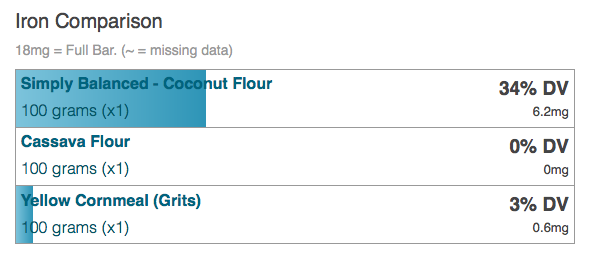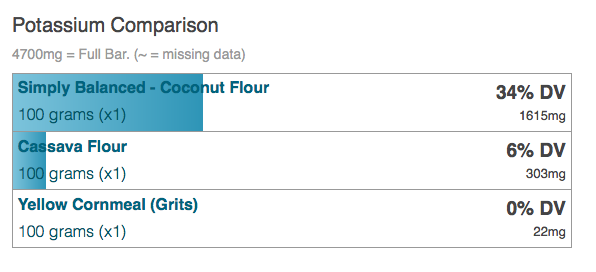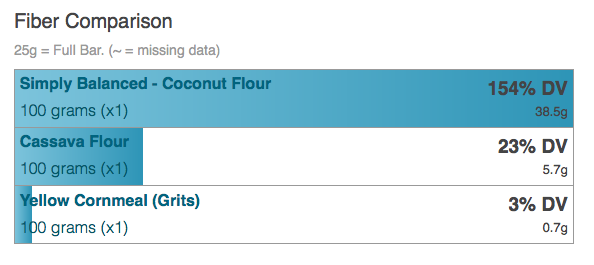Paleo Cornbread - GF, Nut Free, Grain Free, Dairy Free
Corn and Acne
History of Corn
The history of corn is fascinating, especially as described eloquently in Michael Pollan’s book The Omnivores Delima, you will never look at corn the same. In fact, over the last 10,000 years corn has transformed into a completely different plant and has almost all humans slaving away for its survival. We think that corn is nourishing us but really we are now meant to keep corn alive. The botanical name for corn is zea mays and it’s has been domesticated to provide unbelievable yields of calories, so much that we didn’t know what to do with all this corn.
So we fed our animals corn, we made ethanol, vitamin c, biodegradable plastics, packing peanuts and worst of all high fructose corn syrup. Meanwhile the mono cropping of the corn belt of America continues to degrade soil diversity, biological diversity, and economical diversity. The problem of corn is now a public health concern, environmental tragedy, and political issue.
“Nearly 10 percent of the calories Americans consume now come from corn sweeteners; the figure is 20 percent for many children. Add to that all the corn-based animal protein (corn-fed beef, chicken and pork) and the corn qua corn (chips, muffins, sweet corn) and you have a plant that has become one of nature’s greatest success stories, by turning us (along with several other equally unwitting species) into an expanding race of corn eaters.
”
Corn Nutritional Quality
Corn is not even recognizable from its original plant species teosinte. The inside part or kernel of teosinte was about 2% sugar and 30% protein compared to today’s corn macro-nutrient profile of 4% protein and 30-45% sugar. Corn is no longer a nutrient dense food.
Here is a good comparison of the micronutrients and fiber found in cornmeal which would be used for a traditional cornbread and why instead using coconut flour and cassava for a paleo version is much more nutrient dense.
Can Corn Cause Acne?
The amount of carbohydrates that turn in to sugar in our bodies from eating corn is the main reason why many people who suffer from acne would see relief from not eating corn. This is because of insulin resistance. In our modern society, excess accessibility to sugar and carbohydrates all the time create a huge burden on the liver, adrenals, and pancreas.
Insulin’s job in the body is to clear the blood of excess glucose and when we eat too much corn, we have too much glucose. Over time, insulin can’t do it’s job very well because the cells won’t respond to so much glucose. The cell becomes insulin resistant. What this means is an emergency. This means poor immune function, fatigue, rashes, mood issues, increased thirst or hunger, hormonal imbalances, PMS, PCOS, and acne.
Corn can also cause acne because of something called molecular mimicry. Molecular mimicry refers to the immune reactivity to different molecules that look similar after being broken down into branched amino acids. For example, if you are gluten intolerant, the protein gluten can look very similar to a protein called zein in corn. There are numerous studies that show that individuals will react to corn proteins despite having an immune response.
So if you get acne from eating gluten and if you want to heal your gut, it is ideal to go grain free and do a gut healing protocol.
Paleo Cornbread
Paleo - Nut Free, Dairy Free and Gluten Free
Natalie | November 2019
- prep time: 10 min
- cook time: 21-26 min
- total time: 36 min
Servings: 8-10
Ingredients:
- 1 cup coconut flour
- 1 cup cassava flour
- 4 organic pastured eggs
- 1/2 cup melted coconut oil
- 1/4 cup raw unfiltered local honey
- 1 tsp sea salt
- 1/2 cup full fat coconut milk
- 1 tsp baking soda (aluminum free)
- 1/4 cup raw apple cider vinegar
- coconut oil to grease pan
Instructions:
- Preheat oven to 350 degrees F
- Melt 1/2 cup coconut oil
- Mix all of the ingredients together in mixing bowl
- Grease skillet
- Pour into 9 inch cast iron skillet or whatever you've got
- Bake for 21-26 minutes






